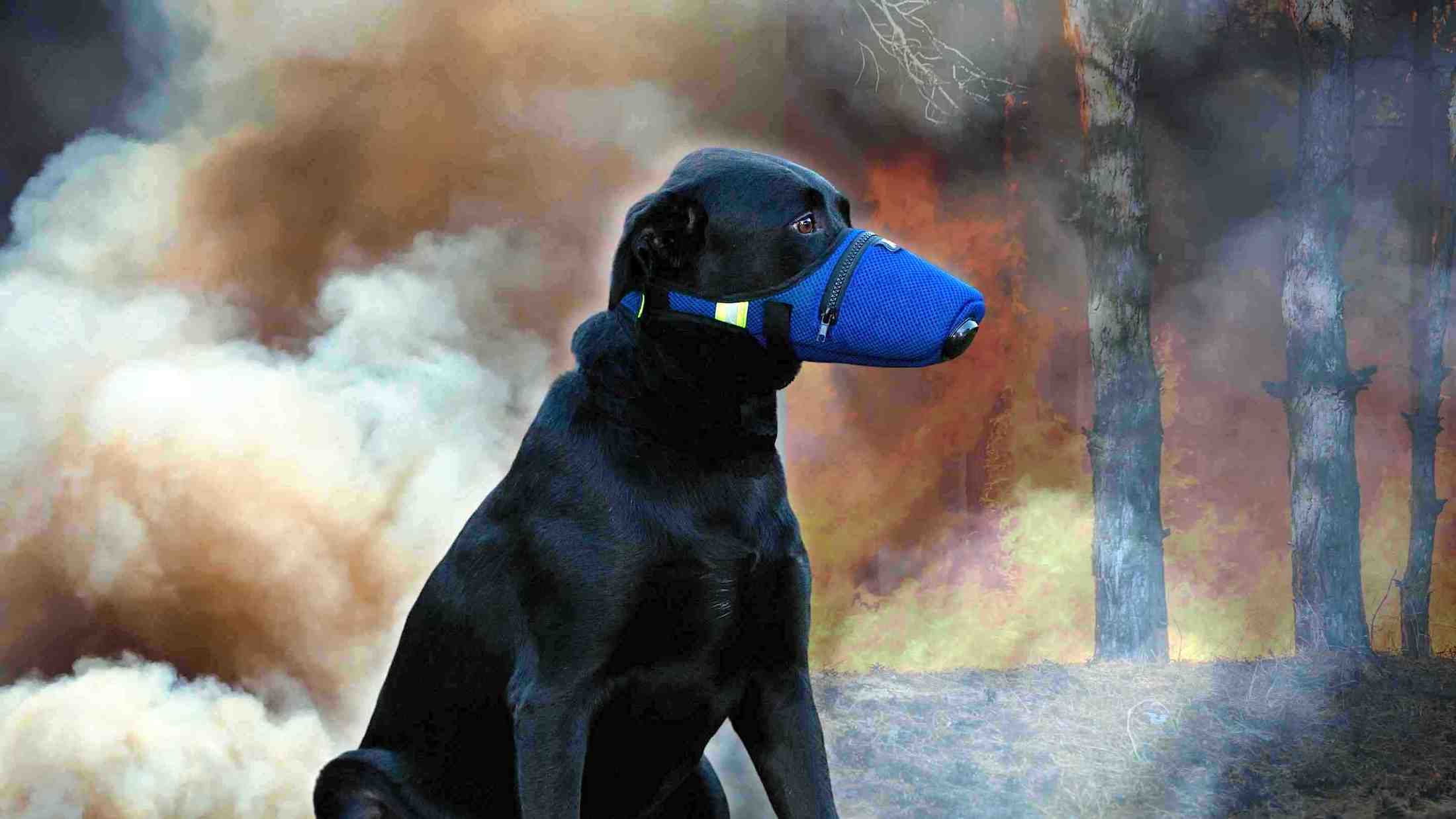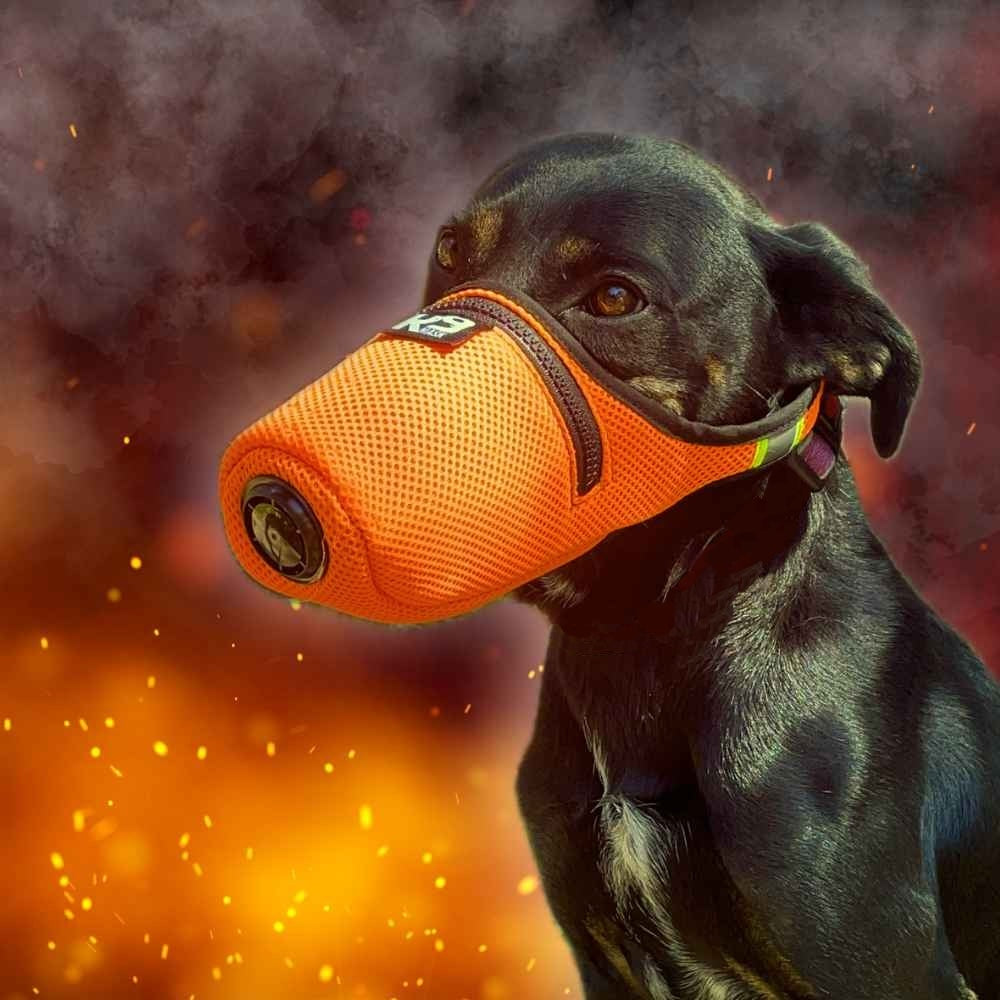Smoke from California’s deadliest wildfires last November blurred the sky as the air became among the world’s most polluted. The Camp Fire has long since been extinguished, but the health effects from the tiny particulate matter in the smoke, which penetrates into the lungs and ultimately into the bloodstream, could linger for years. No one is surprised when smoke brings a surge of emergency room visits for asthma or other breathing problems.
Researcher for Vulnerability in Children
More insidiously, people are also inhaling noxious fine particles measuring less than 2.5 microns, or a fifth the size of a particle of dust or pollen. Researchers have had a hard time quantifying exposure to those tiny particles as a smoky plume moves through an area or just how harmful the bursts of such air can be.
But recent work suggests that children and babies are particularly vulnerable to long-lasting health effects. A new study found exposure to high levels of that tiny particulate matter, abbreviated as PM2.5, impairs the immune system of children.
The Stanford University researchers tested the blood of 36 children exposed to wildfire smoke blown into Fresno in 2015 and found changes in a gene involved in the development and function of T cells, an important component of the immune system. The alteration made the gene less capable of producing T regulatory cells, potentially putting the children at greater risk of developing allergies or infection. “T regulatory cells act as peacekeepers in your immune system and keep everything on an even keel,” says Mary Prunicki, an allergy researcher and lead author. “You have fewer of these good, healthy immune cells around when you’re exposed to a lot of air pollution.”
The smoke-exposed Fresno children also had significantly fewer Th1 cells, another component of the immune response, when compared with unexposed kids. Controlled fires to clear out underbrush, known as prescribed burns, also can cause health effects. Thirty-two children exposed to smoke from prescribed burns had immune changes, too, but the effect wasn’t as strong as it was for children exposed to wildfire smoke, the study showed.
The research did not follow those children to see if their altered immune systems led to worse health outcomes, but an ongoing study at the University of California, Davis, raises some similar concerns.
Animal Research for Wildfire Smoke Inhalation
This one focused on rhesus macaques that live in an outdoor enclosure at the California National Primate Research Center. Rhesus monkeys give birth in the spring, so when wildfire smoke blew over the center in June and July of 2008, baby monkeys were exposed to 10 days of PM2.5 that exceeded the 24-hour air quality standard set by the Environmental Protection Agency.
At three years of age (adolescents, by monkey standards), researchers examined 50 monkeys that had been exposed to wildfire smoke. They produced less of an immune-related protein (interleukin 6 or 8), as compared to monkeys not exposed to smoke as babies. That protein triggers inflammation to fight pathogens.
A closer examination of the genes of a subset of these adolescent monkeys revealed immune-related genetic changes as well. “Clearly, the toxicants in air pollution are having a permanent effect on the DNA of immune cells,” says Lisa A. Miller, principal investigator and an immunologist at the UC Davis School of Veterinary Medicine. “It’s a change that stays with that cell for its entire life.”
The responses appears to be specific to youngsters: Miller and her team did not see significant immune changes among monkeys exposed to smoke as adults. Though the altered immune systems have not led the monkeys to have more infections, all the smoke-exposed monkeys had “very profound changes” in lung structure and reduced lung function, Miller says.
Now almost 10 years old, the monkeys still show the same immune changes. Smoke-exposed females have even passed on some of those changes to their offspring. The monkey research isn’t completely transferable to people. For starters, the monkeys live outdoors, so they breathe the smoke as long as it lingers in the air. But taken together, the two studies suggest that tiny particulate matter doesn’t only affect the lungs. “It points researchers in a direction of investigating the effects of wildfire smoke on the immune system. It’s an important pathway to consider,” says Colleen Reid of the University of Colorado Boulder, where she researches health effects of wildfire smoke. She was not involved in the studies.
Health Risks of Global Climate Change
As global climate change fuels larger and more severe wildfires, the potential health risks magnify. In 2008, the monkeys were exposed to a maximum PM2.5 level of 78 micrograms per cubic meter of air; on November 16, 2018, that air quality measure in downtown Sacramento hit 427. “Many cities in the West saw their highest-ever particulate levels in 2017 and 2018,” says Dan Jaffe, an environmental chemist at the University of Washington-Bothell. He and his colleagues reported that large urban effect in a paper released earlier this month.
“More than 10 million people were exposed to levels of PM2.5 above the air quality standards.” The National Interagency Fire Center predicts an “above normal” potential for wildfires this summer for Northern California. People can take precautions to limit their exposure when wildfire smoke blankets their area. Some cities provide “clear air centers” as a wildfire version of the evacuation shelters used during hurricanes. The best strategy, of course, is to prevent or limit the spread of wildfires. In the meantime, deciphering their toll on human health has become an urgent priority.











